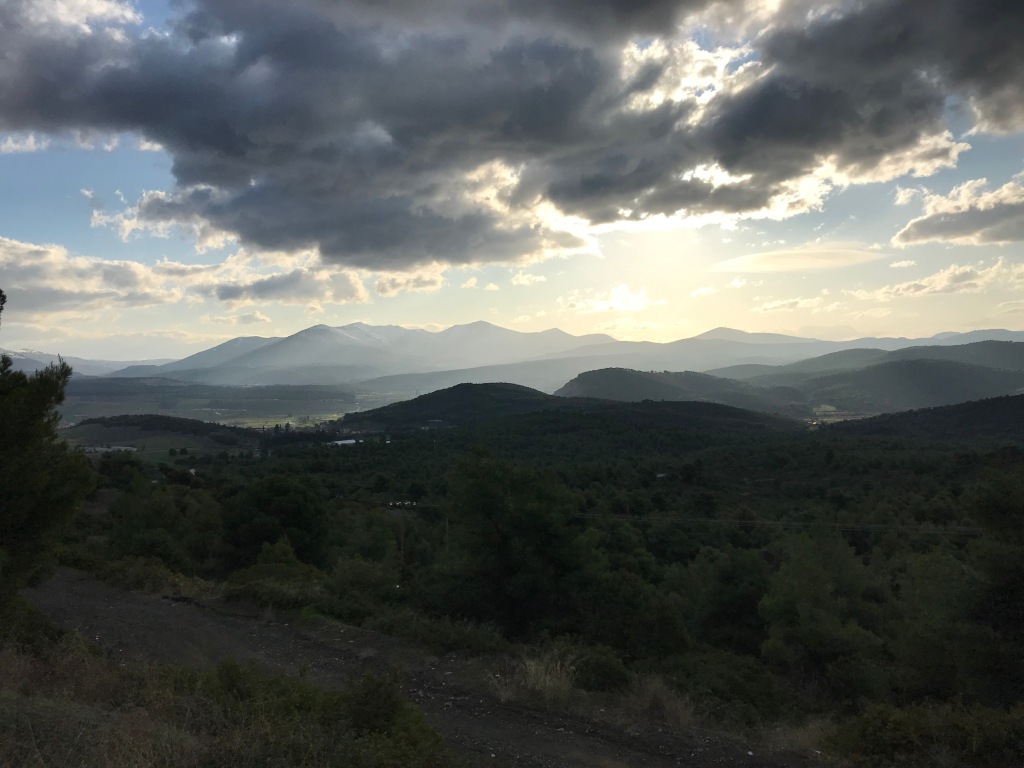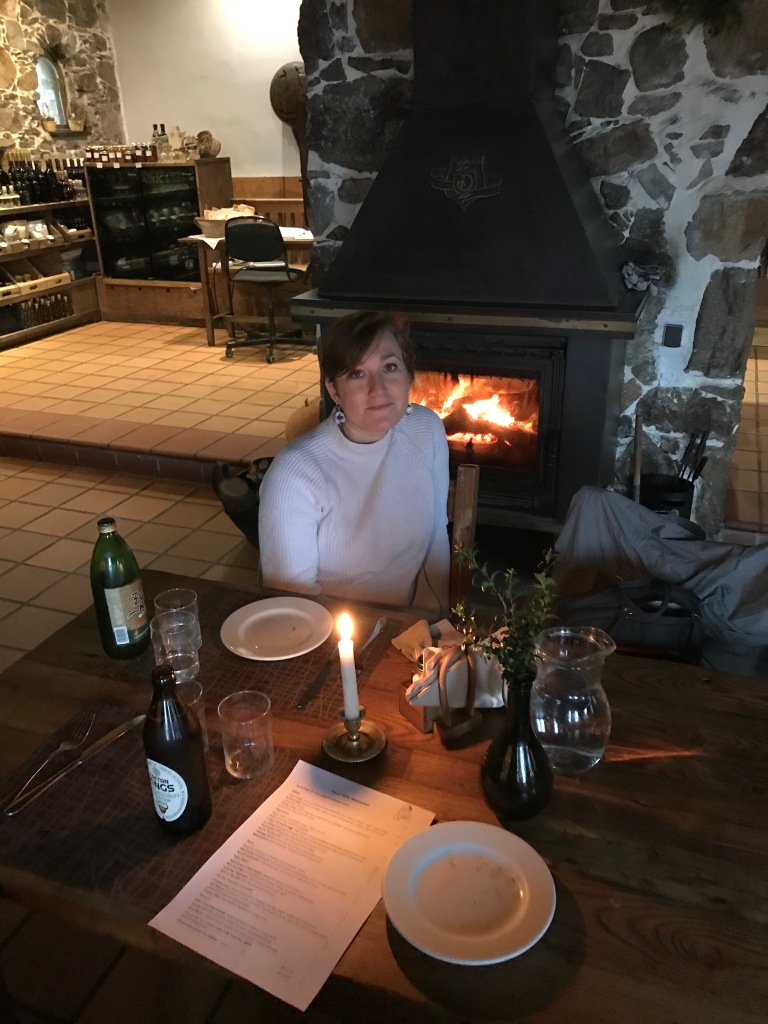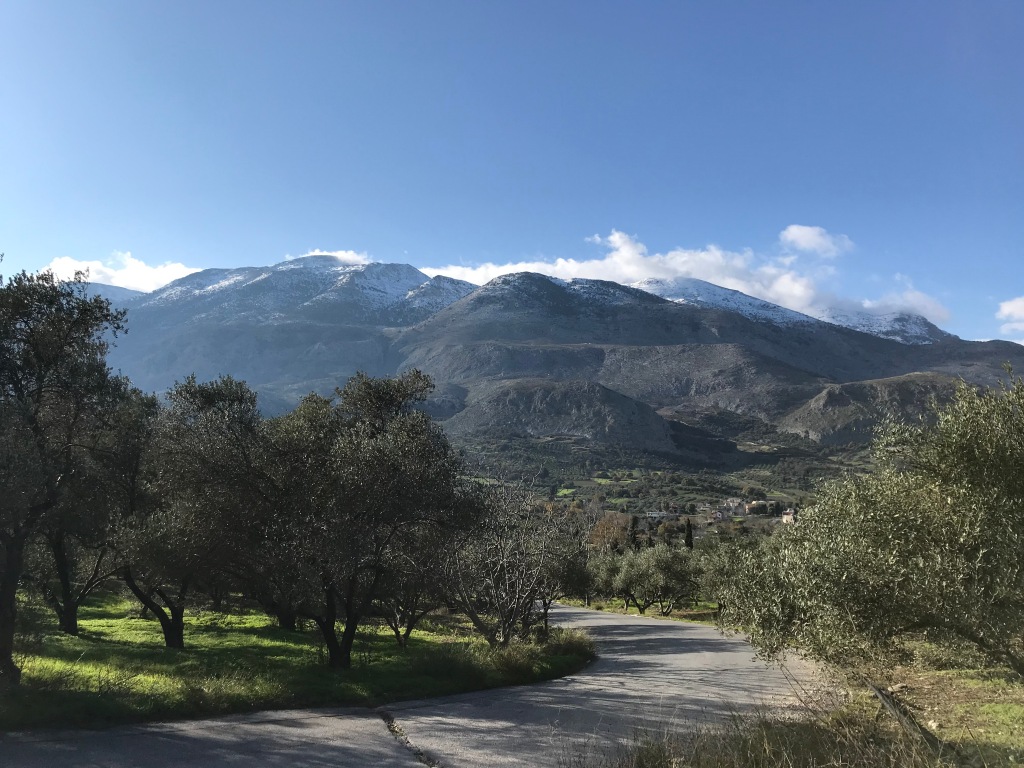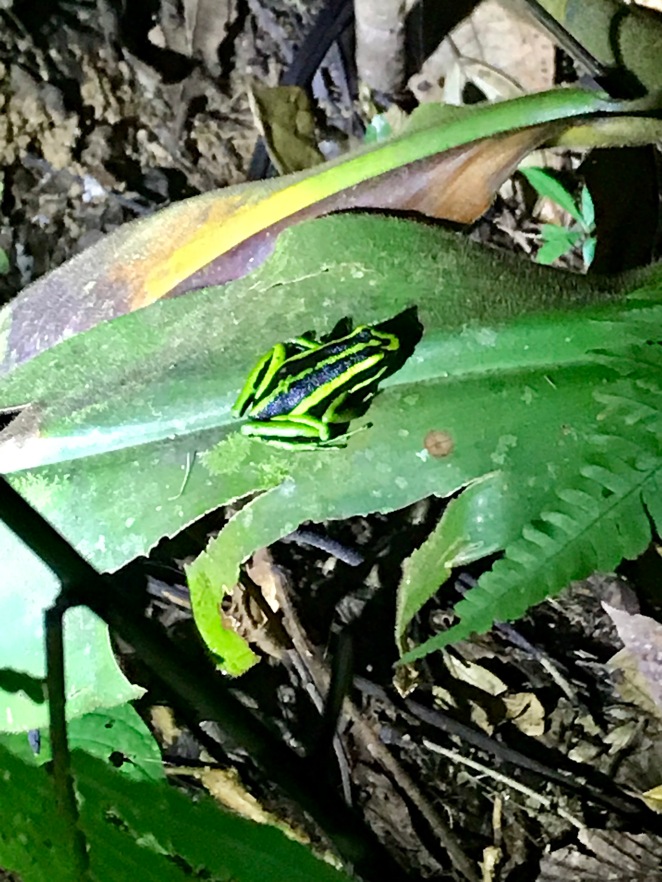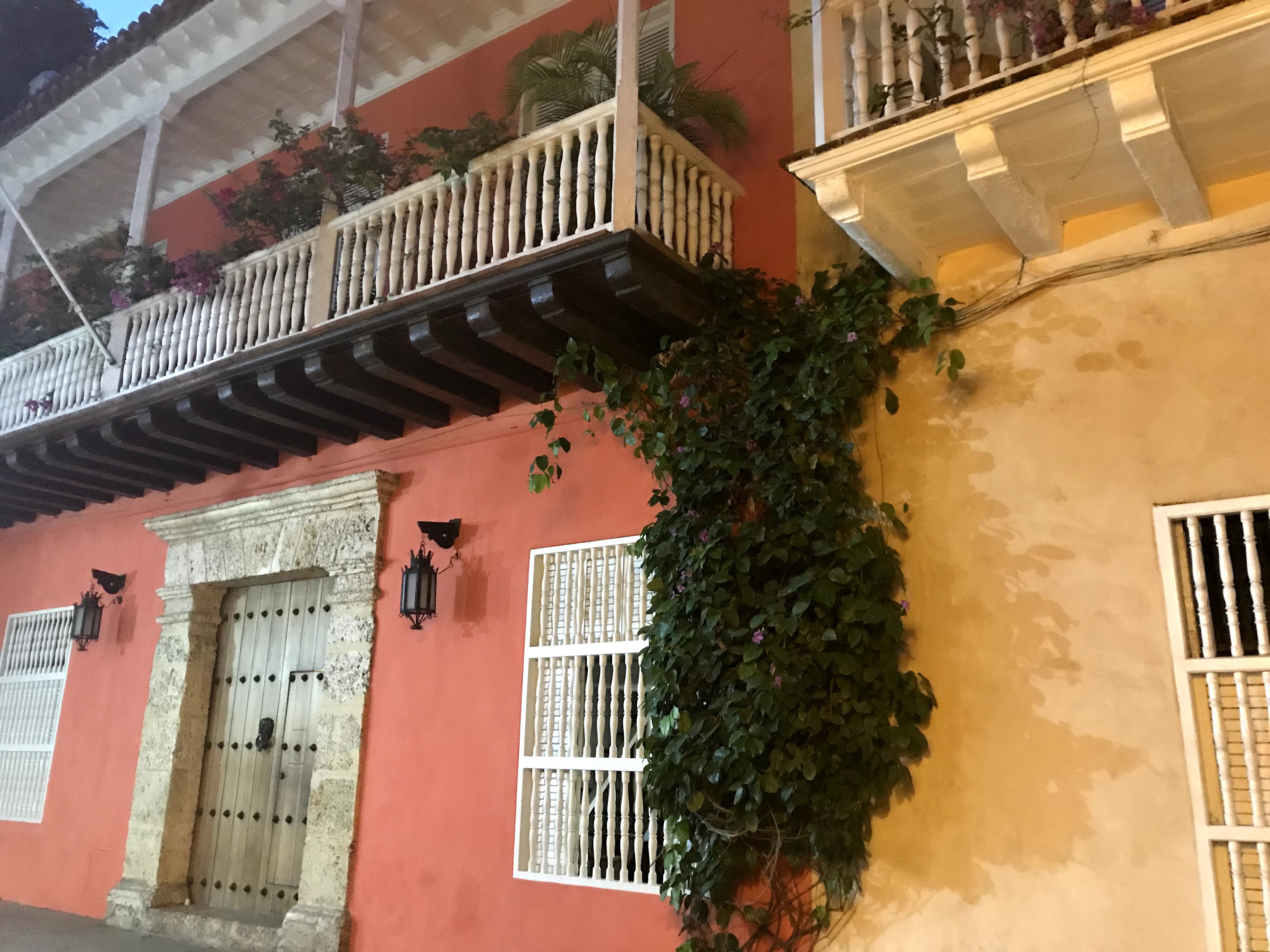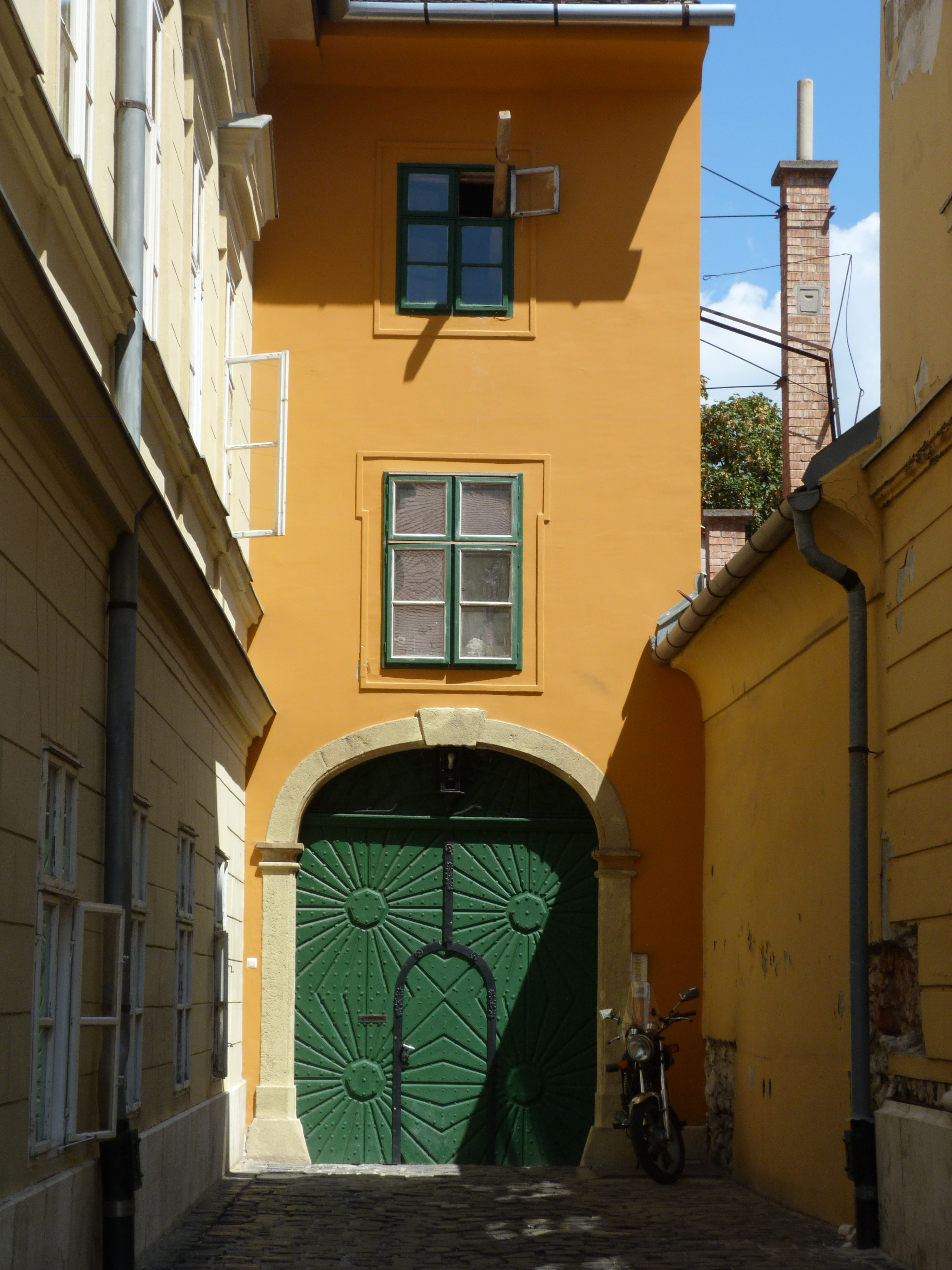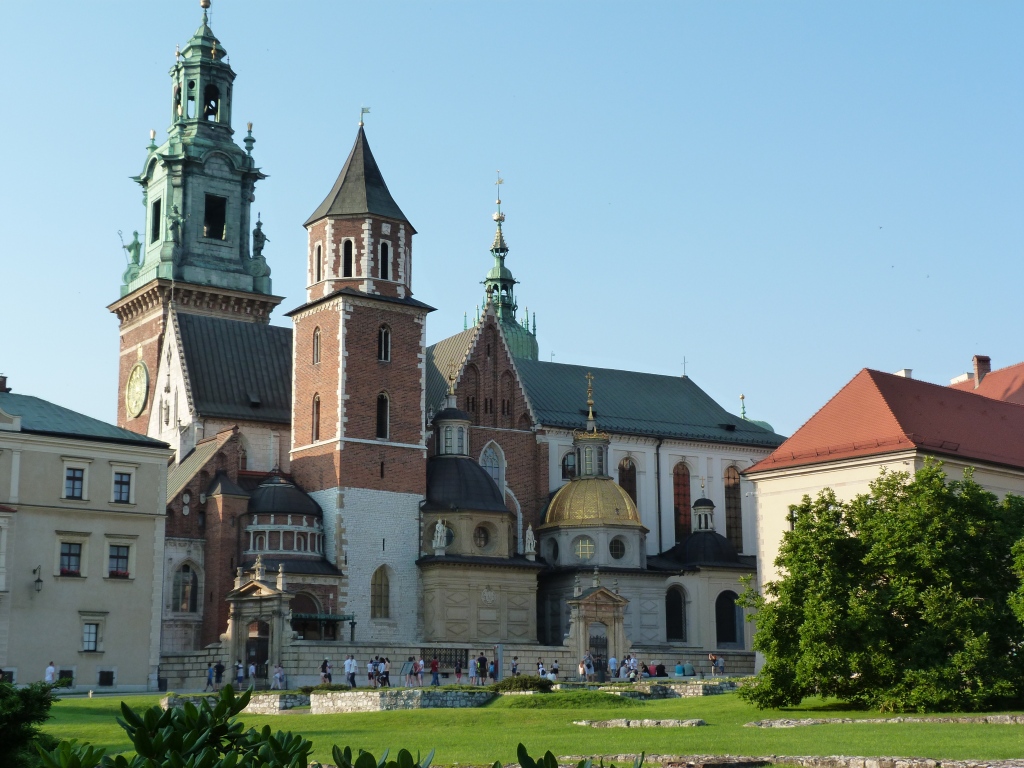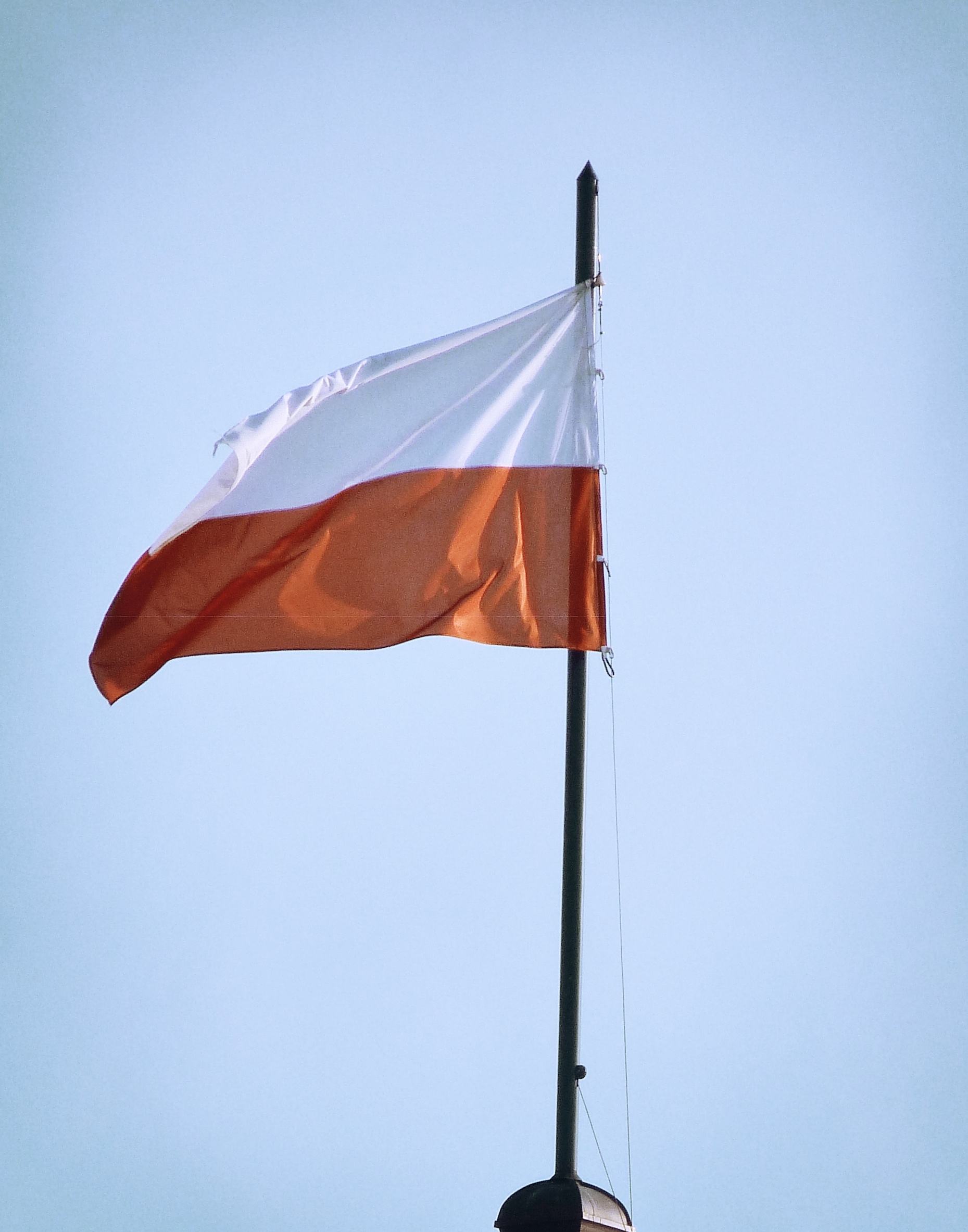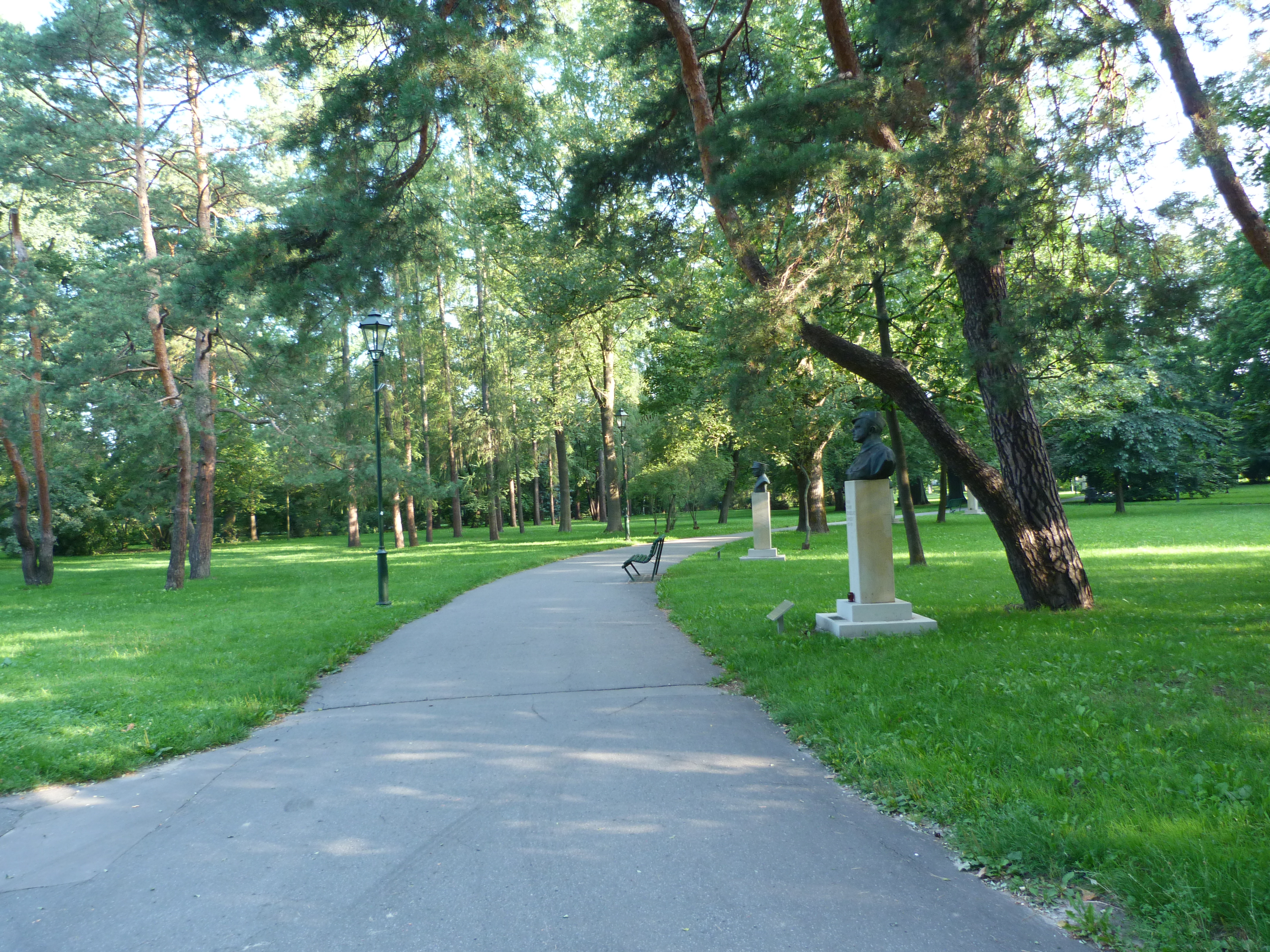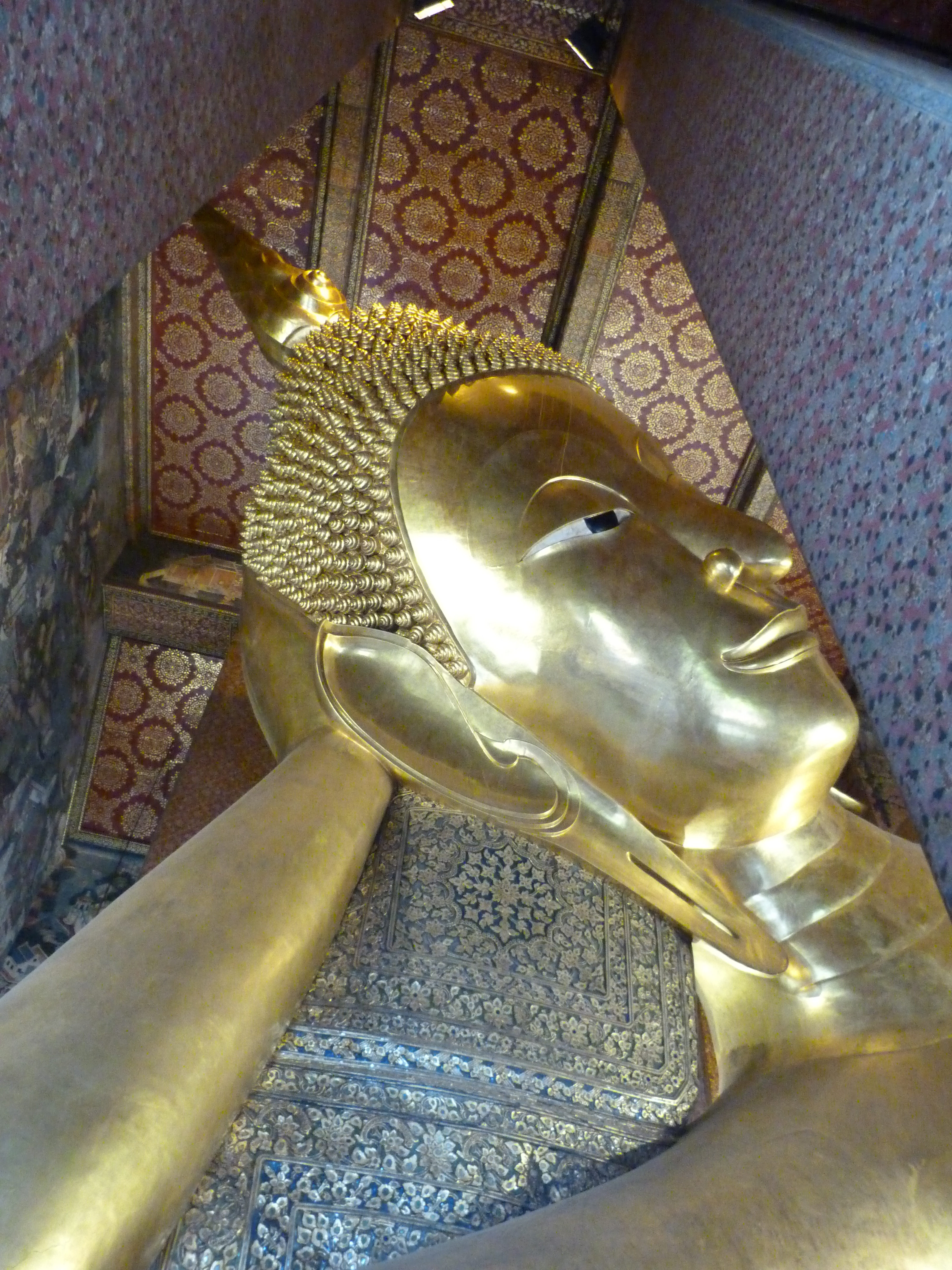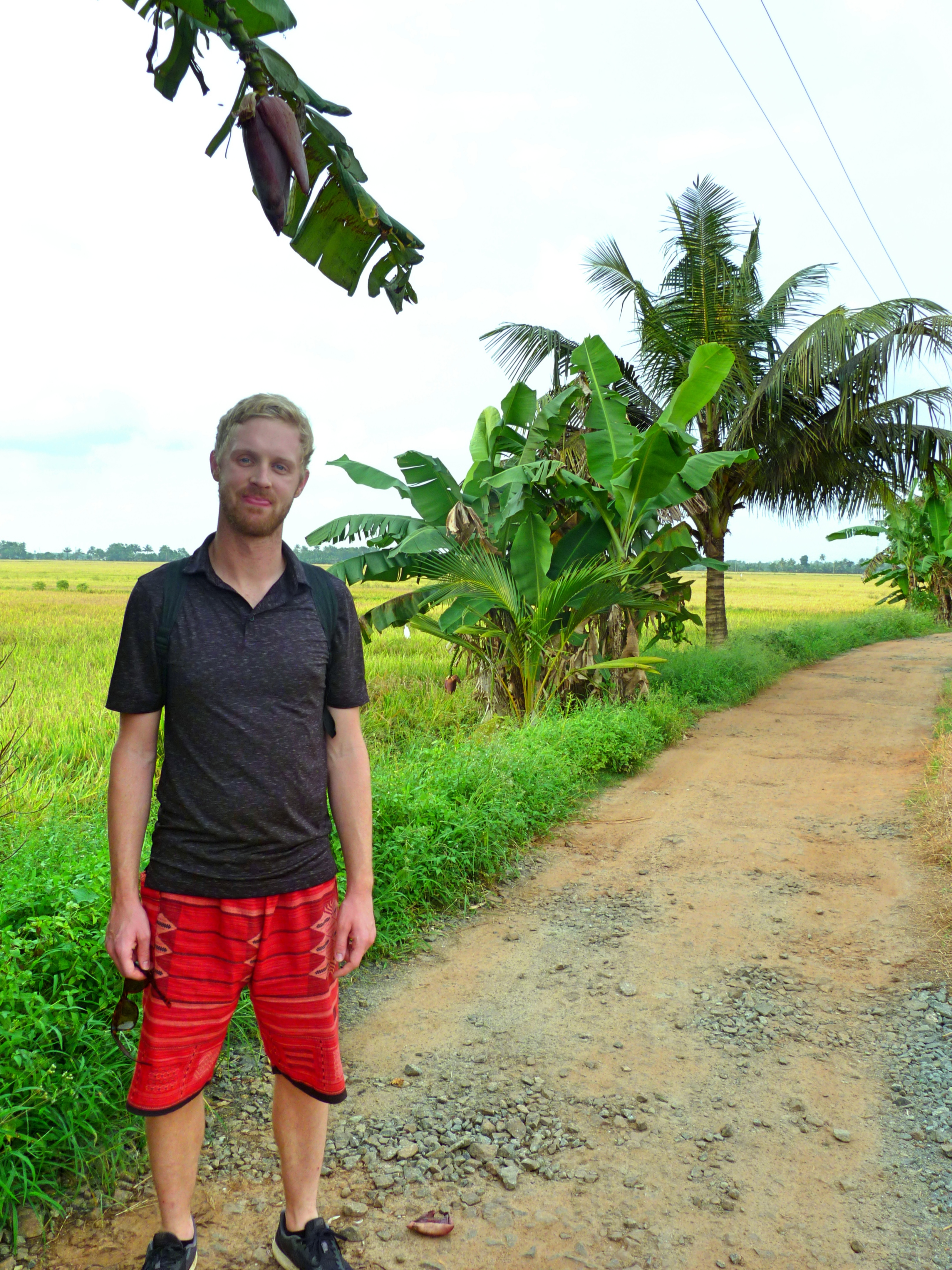Looking out at the increasingly lovely weather (a brief and fleeting period of time to be seized during the short English summer), we are hankering for a nice long walk and wondering “when will quarantine end?”. Before all the staying inside began, we were doing our best to take one weekend a month to explore some of the parks and lovely areas of outstanding natural beauty within striking distance of London. While we can’t go on walks at the moment due to the #greatBritishlockdown, I know a lot of folks are likely itching to get out of the city and are planning their excursions for as soon as the travel ban is (officially) lifted. Those of us who have been good citizens and patiently waited, deserve to be rewarded with a lovely walk — so keep these in mind when the time comes.
Finding a simple walk near London is easy, but knowing whether it’s worth the trip is more difficult. There are many parks and AONBs (Areas of Outstanding Natural Beauty) nearby — some more beautiful than others. We’ve compiled our five favourites below, sorted (roughly) by distance and effort to reach these lovely spots. Below are our recommendations for a good day out from London. Note, we don’t have a car (or the hutzpah to drive on the other side of the road), so these are all easily accessible by train from London.
1. Richmond Park

The easiest trip from the London metro centre to a really lovely day ,out that still feels far from the city without necessitating serious travel, is Richmond Park. You can easily take the Overground, rail from Waterloo, or better yet the District line Richmond-bound train service terminates there, so it’s easy to find.
A sprawling 2,500 acre park with (sometimes) secluded trails, the park has a rich history intermeshed with the royalty, starting with Edward (1272-1307). During his time, the area was known as the Manor of Sheen, but the name changed to Richmond during Henry VII’s reign. In 1637, Charles I enclosed the park, soon after moving his court there to escape the plague (hmm that sounds familiar!). The locals were not happy, but apparently he allowed right-of-way for them through the woods. Full of truly ancient trees, the park has been enclosed since and is the largest of the royal parks in London.
It is also the primary reason that we wanted to live in the greater Richmond area. It provides ample green space for keen weekend walkers to really stretch their legs with room to practise long distance running too. While it can get crowded in the summer, a silver lining of social distancing has been the ban on car traffic through the park (easily the worst mistake the management of the park is guilty of is ever having allowed cars in the first place). For this reason, it must be among the most peaceful places to enjoy in London at the moment. It should obviously remain a car-free park forever, even now car lots take up space that could add room to the park. Also, parks are for cyclists and pedestrians — not motorized vehicles.

There are a number of features worth exploring within the park and there is also a herd of large red deer that freely roam the grounds. Sophie enjoys the Isabella Plantation, a fully-enclosed post-war organic garden. In normal times, the park makes a wonderful travel destination for a day-trip, picnic, or a long walk around the vast perimeter. It’s so expansive that to this day, I continue to get lost and discover new bits! There’s always a new corner to explore. For a visitor to London, or even a resident, if you haven’t been to Richmond Park, put it on your list.
The small but charming city of Richmond-upon-Thames abutting the park is also worthy of some of your time and can easily be rolled into a day-trip. While the high street is forgettable and plastered with the same boring shops you see everywhere else, the charming Richmond Common boasts a collection of independent retailers worthy of your business. Peppered in the small alleys and side streets are a number of great places. There is a fantastic Sardinian restaurant: L’assaggino. Also hidden back there is the ever delightful Rosie and Java, a specialty coffee and tea merchant. As you climb into the stately Richmond Hill neighbourhood, you will find a friendly cheesemonger and a nice pub, The Roebuck. It’s just a Greene King-owned pub, but it is cosy and serves up a fantastic view of the Thames Valley below. A choice spot for a pint after a long walk through the park!
2. Box Hill, Surrey

Box Hill is well known as a spot to walk and get some sun just outside the major metro area in the southwest. Within the Surrey Hills AONB, there are a few nice walks to be had.

It’s easy to catch a train from Victoria Station to the suburbanesque countryside of Surrey. As part of the Green Belt of semi-protected areas around London, the Surrey AONB isn’t the most stunning, but it’s accessible and has all the amenities one may desire (good pubs to take a rest in and plenty of walkin’ snacks). In high summer, there are quite a few people smashing around on Box Hill itself (some of them less well-behaved, and less thoroughly-clothed, than others) but the walk from Leatherhead isn’t too crowded until you get to Box Hill (mainly due to the fact that most humans are shamefully lazy and just drive there instead).

The walk was easy to pick-up from the paved trail right outside the station in Leatherhead, though it was challenging at points to figure out where to go once you leave the town — but getting lost is (usually) part of the fun. We stumbled across numerous blackberry bushes, which meant that our progress was slowed while I stuffed my face with ripe berries like a post-hibernation black bear. The countryside was pleasant, with plenty of happy sheep to befriend.
Along the way, we also discovered a winery, which gave us an opportunity to have a drink in the shade with some yummy mummies and yuppie puppies while debating the merits of their varying brands of £5K buggies (strollers). There are a number of (I’d wager) also subpar wineries around, but even if the quality of wine they provided was low, it provided a quick and entertaining diversion, and at least the wine was wet, if not just purely disgusting.
Along the way were a number of worthwhile pubs, obviously a walk must be populated with good watering holes to keep the horses going. The Stepping Stones pub was a good stop-off near box hill with a peaceful garden and a pleasant ambience.
3. Chiltern Hills AONB

The Chiltern Hills also provide a nice, short excursion. For me, it was a great place to meet my pal, who lives in Oxford, for a walk because it’s halfway between London and Oxford. Also, it is quite accessible, I took the Chiltern Railway from Marylebone direct to High Wycombe.
A short walk (or Uber ride) from there drops you right in the storied village of West Wycombe. The cluttered high street is full of ancient houses and pubs and the walk is easy to pick up from there.
My amigo planned to begin the walk at the strange and slightly unnerving attraction known as the Hellfire Caves. This National Trust site left me scratching my head. It was the creepy hangout of an illuminati band of the Georgian era, including such visitors as Benjamin Franklin and One-Eyed Willy. Either way, it was a strange but entertaining adventure into the man-made caves, complete with mannequins (not pictured).
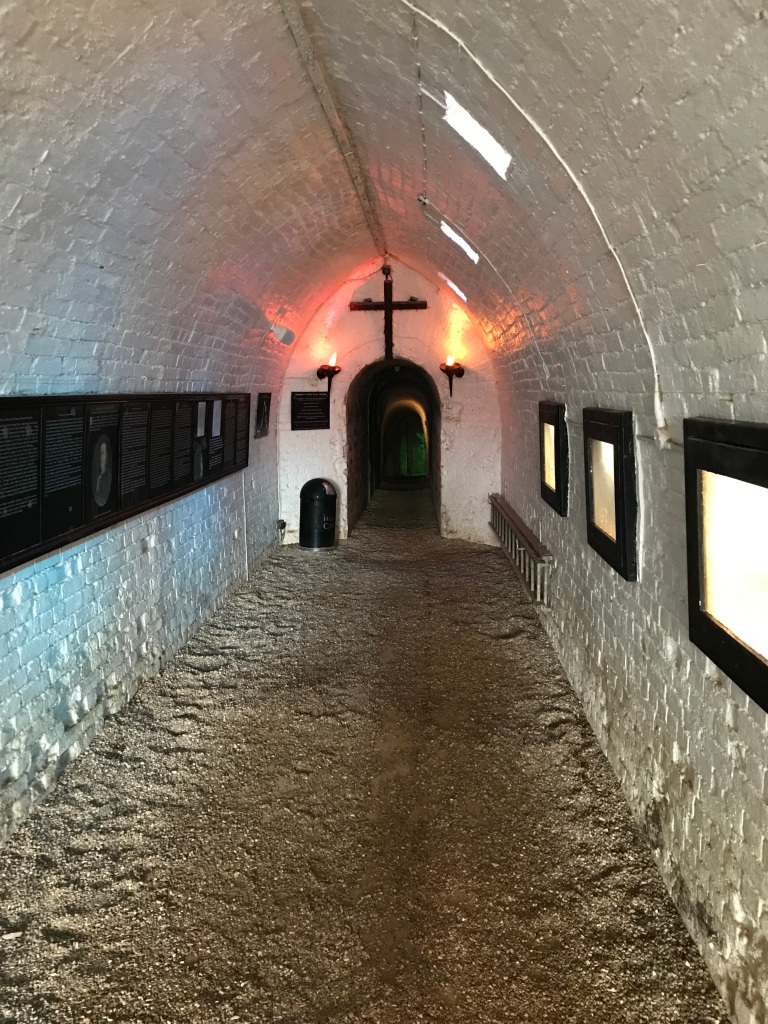
On from there, we walked the trail through the Chiltern Hills that was largely unremarkable, but did provide a quiet respite from the otherwise urban surrounds. The walk is well organised, giving excellent waypoints and unique sites to see along the way. You can follow the full trail here at the National Trust’s site.

More importantly, on the way back we stumbled upon an excellent pop-up brewery that boasted local beer served from a sort of half-carpark, half-garage at Fisher’s Brew in High Wycombe. Afterward, we found exceptional dosas near the train station at Dosa Special.
4. North Wessex Downs AONB & The Bombay Sapphire Distillery

In case you haven’t picked up on it, the walks are just lightly disguised ruses to sample the characterful pantheon of alcohol-serving parlours Britain has on offer. This walk was the same, only with some proximity to the North Wessex Downs AONB. We arrived in Andover, thwarted by train issues and found our way to Laverstoke by a combination of bus, foot, and magic. The trail starts in Laverstoke and bumbles through the charming village of Free Folk, very cute.

We also ambled into the middle of a very unusual pub crawl in Whitchurch, where incidentally one can also check out the historic local silk mill. The participants were dressed in all manner of costumes (eg Ketchup bottle and Pikachu) and running from pub to pub where they had to down a pint, in what appeared to be a competition. Ah, the bucolic simplicity of English country life!
Also along the way, we enjoyed the (perhaps too) family-friendly ambience of a notable pub, the Watership Down. The establishment has some connection with the author of the eponymous book. Through rolling fields of wheat and sheep, we made our way to the Bombay Sapphire Distillery and enjoyed a tour of their ‘example’ botanical green house, and more importantly enjoyed a cocktail on the house (included in the tour price). The tour was forgettable, but the ambience of the distillery, surrounds, and the magical flavours of the bar will not be soon forgotten. Definitely worth the schlep from London.

5. South Downs Way (Easbourne – Alfriston, including Seven Sisters)

The South Downs Way is a part of a much longer walk that spans a 100+ mile National Trail from Eastbourne to Winchester (the ancient capital, which you may know from the Bernard Cornwell series The Last Kingdom). The section from Eastbourne to Alfriston which skirts the southern coast is reachable from central London with a quick switch in Brighton in just under two hours, and can easily be managed (by a relatively fit person and in good weather) in one day.
We did not encounter good weather, but instead torrential rain and gale force winds. We also witnessed some pretty hearty runners whose coastal 10K was unfortunately timed with this horrific weather. We were knocked over multiple times because the wind was so strong! The leg from Eastbourne to Cuckmere Haven was particularly slow going because of the heavy headwind.

I can only imagine the scenery on a normal day is fantastic, but the rain and heavy clouds made it all the more wild and beautiful. The walk itself is strenuous and was made more so by the rain. The Seven Sisters, the stand of tall chalk cliffs form a long and scenic path. Eventually, at Cuckmere Haven the trail turns inland toward Alfriston.

Alfriston and the darling little villages along the way, as you follow the Cuckmere River Valley, are some of the quaintest locales one can imagine. We decided to make it an overnight, staying in the charming little town of Alfriston over night. Passing quintessential pubs and beautiful countryside, the sheltered walk was quite a change from the battering we received on the coast.
The next day, we took the overland path back to Eastbourne which was equally beautiful, with stunning views of the seas breaking the elevated pastures, and an opportunity to see the purportedly iron-age chalk ‘Long Man of Wilmington’.

All-in-all, this is one of the easiest and most enjoyable excursions we’ve taken from London. There are many maps and guides available online (both official and not-so official), be sure to take some sturdy shoes if the weather calls for it. Hope you enjoy!
-Brian + Sophie









